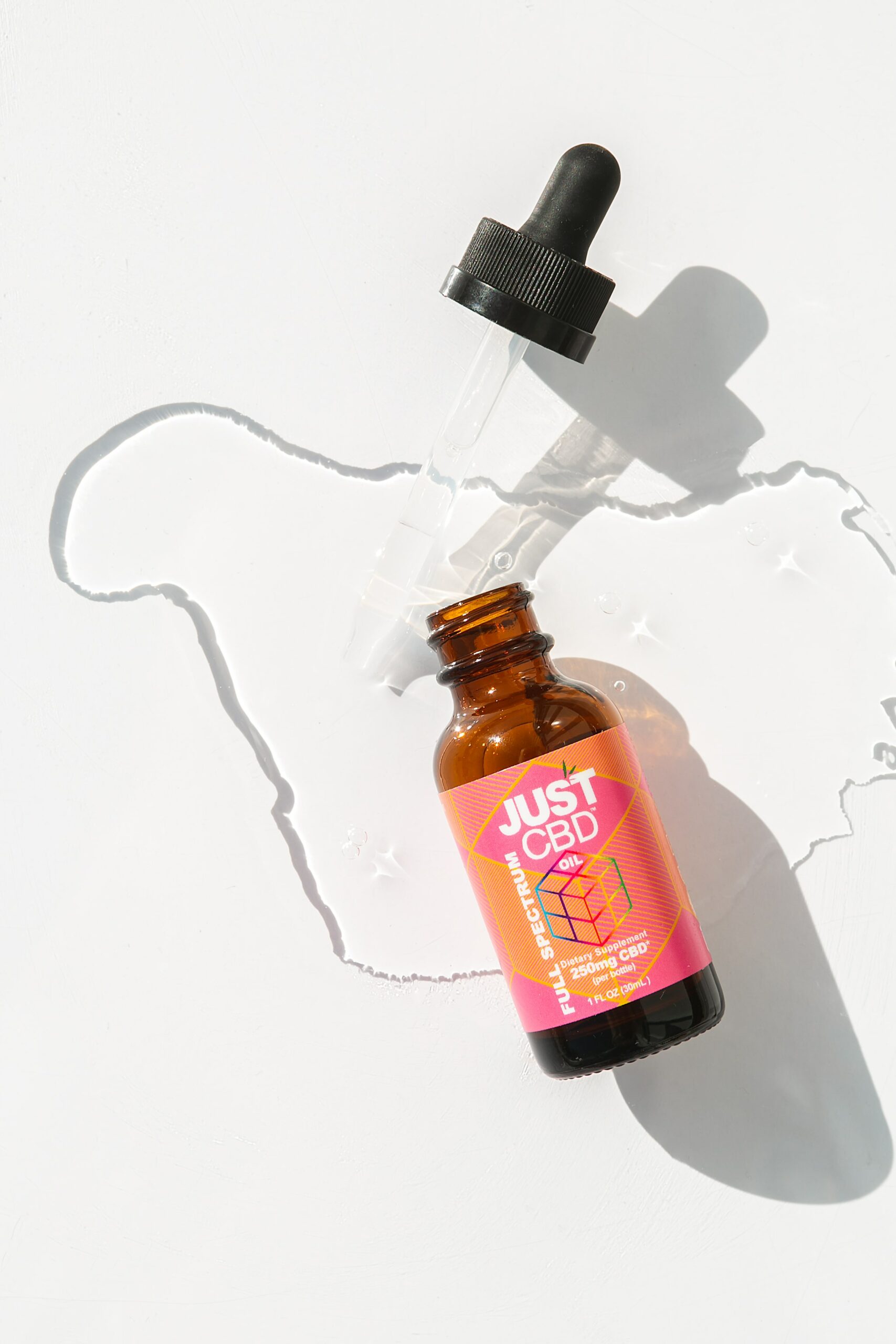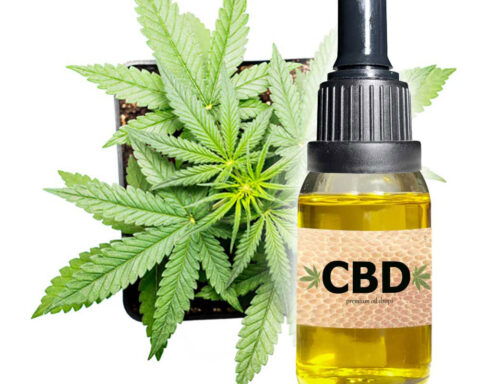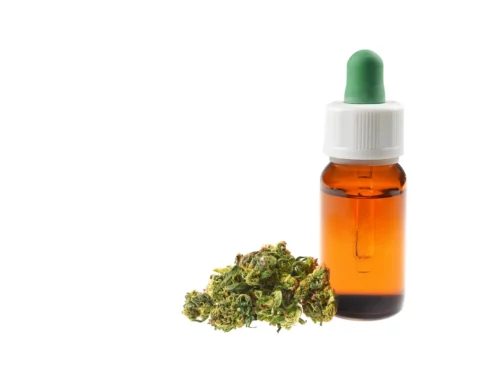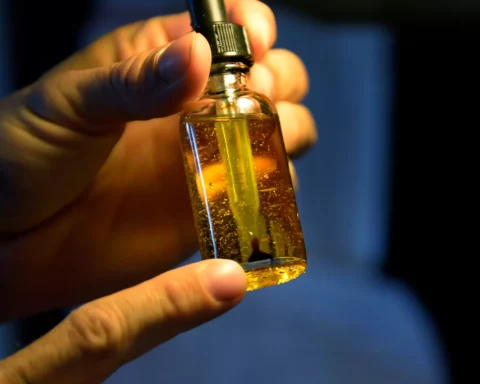After the Farm Bill was passed in 2018, allowing industrial hemp growth, CBD oil became legal at the federal level, and one can possess, use, buy, and sell CBD products with less than 0.3% THC without breaking any CBD oil federal laws. As the hype around CBD oil increases, CBD oil products like edibles, topicals, softgels, and vapes are available in stores, shops, cafes, health food points, and gas stations. Despite the many forms of CBD products, CBD oil remains one of the most consumed. Most CBD oil and tinctures come with instructions that direct the oil to be taken orally or sublingually (under the tongue). Learn more on why CBD oil is taken sublingually or under the tongue below.
Understanding CBD Oil
CBD is one of the many active compounds called cannabinoids found in cannabis plants. Unlike THC, CBD does not have the psychoactive effects, so it is less likely to make users ‘high.’ This partly explains CBD oil’s popularity, especially because the psychoactive effects linked to THC are not pleasant. CBD oil is available in three types; isolate-based, full-spectrum, and broad-spectrum forms, where the last two types have multiple cannabinoids, terpenes, and flavonoids linked to a full entourage effect. While all types are deemed effective for CBD oil’s claimed benefits, some people might prefer CBD oil isolates for the lack of flavor, taste, and odor linked to the many compounds in cannabis plants, as in full and broad-range CBD oils. In addition, since isolate CBD oil is about 99.9% pure CBD, it lacks the psychoactive THC and will not make you high.
Why is CBD Oil Taken Under the Tongue?
Users can take CBD oil orally, but sublingual administration is the preferred intake method. This administration method maximizes bioavailability. Bioavailability describes how a substance, including CBD oil, is broken down and absorbed into the bloodstream. Placing CBD oil under the tongue allows the product to be easily and immediately absorbed into the bloodstream for rapid effectiveness.
How Sublingual Intake Maximizes Absorption
Below the tongue are mucous membranes, also present in the cheeks. These membranes have a network of blood vessels, including capillaries, arteries, and veins, which transport blood from the heart to the mouth, tongue, and cheeks. When one takes CBD oil under the tongue, the blood vessels absorb it directly into the bloodstream.
Sublingual Administration Is More Effective Than Oral Intake
When CBD oil is consumed orally, it has to go through the digestive tract into the stomach, where digestion continues. After digestion, the CBD oil is absorbed into the bloodstream. Breaking down CBD oil from capsules and edible products for absorption takes time. Therefore, taking CBD oil orally requires 1 or 2 hours before the product exerts effects. Contrastingly, sublingual intake takes a relatively short time to send CBD oil into the bloodstream; thus, the product takes a shorter time to manifest the claimed benefits.
Sublingual Intake Results in Better Interaction with the Endocannabinoid System
It is unclear how CBD oil works. However, a study by Fine & Rosenfeld (2013) claims that human beings have an endocannabinoid system (ECS) made up of enzymes, cannabinoids, and receptors (CB1 and CB2). These receptors interact with phytocannabinoids such as CBD oil to exert the claimed effects. Sublingual administration of CBD oil would favor its interaction with the oil. This is because taking the oil under the tongue results in faster absorption of the oil into the bloodstream. Moreover, endocannabinoid receptors are present in many critical organs, such as the tongue, especially the lower part.
Should You Take CBD Oil?
CBD oil has become mainstream, especially after the Farm Bill was passed in 2018, legalizing it. Since many people are taking CBD oil, you might want to try it. Using CBD products is a personal choice, but remember that CBD studies are limited. There is not enough scientific evidence to justify that CBD oil may help with any of its associated benefits. The FDA has approved only one cannabis-infused drug, Epidiolex, for two rare forms of epilepsy, Dravet Syndrome and Lennox-Gastaut. Besides, the body does not regulate CBD production, and there is the possibility of misinformation, especially regarding the product’s potency and purity levels. Therefore, if you choose to use CBD oil, consult your doctor beforehand, especially when using other medication or if you have an underlying condition.
Conclusion
There are many CBD products, but CBD oil is among the most popular. Although you can take the oils orally, the sublingual method (under the tongue) is most preferred because of the increased absorption of the oil into the bloodstream. However, CBD oil has not been approved for most of its benefits, and it is best to consult your doctor before taking any CBD oil product.
References Fine, P. G., & Rosenfeld, M. J. (2013). The Endocannabinoid System, Cannabinoids, And Pain. Rambam Maimonides Medical Journal, 4(4).
- Is Mushroom Coffee Worth the Hype? An Expert’s Take - April 19, 2024
- Missionary Position – Least Likely To Bring You To Climax - April 7, 2023
- Vibrators could put you in Jail - March 31, 2023









